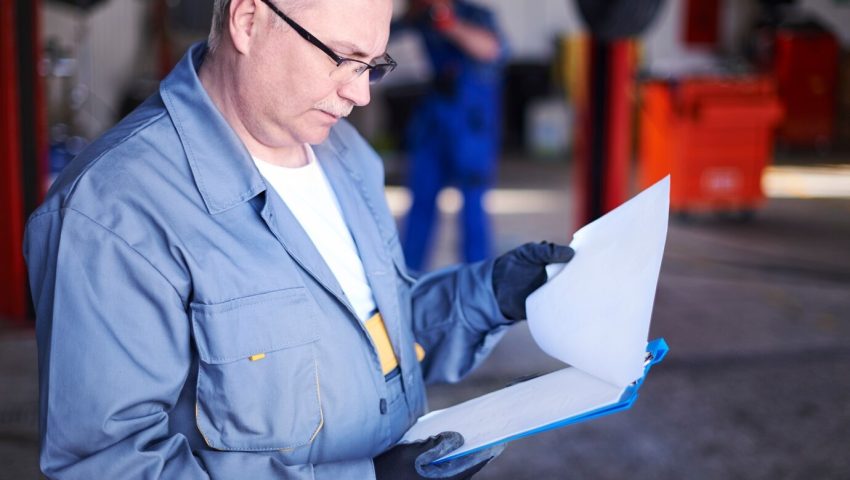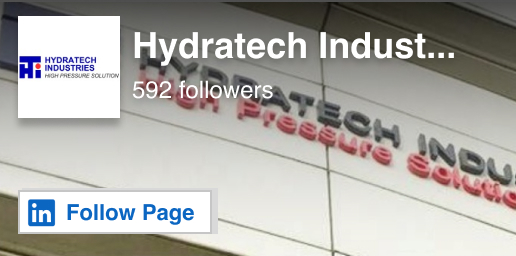
Contents
- Introduction
- What is Hydrostatic Testing and Why is it Important?
- Definition of Hydrostatic Testing
- Key Benefits of Hydrostatic Testing
- Understanding Hydrostatic Testing Methods: Jacket, Shell, and Bundle Testing
- Key Considerations for Conducting Hydrostatic Testing
- Test Pressure and Duration
- Compliance with Industry Standards
- Safety Measures in Hydrostatic Testing
- How to Choose the Right Hydrostatic Testing Equipment Supplier
- Reputation and Certifications
- Cost and Service Support
- Availability of Additional Services
- Conclusion
Introduction
Hydrostatic testing is the ultimate stress test for pressure vessels, pipelines, and heat exchangers, ensuring they can withstand real-world demands without leaks or failures. By subjecting these systems to controlled high-pressure conditions, it detects weaknesses before they become hazards. Methods like jacket, shell, and bundle testing provide tailored assessments, while high-performance equipment—Haskel pumps, Pressure Tech, and Tescom regulators—maintains precise pressure control for accurate results.
What is Hydrostatic Testing and Why is it Important?
Definition of Hydrostatic Testing
Hydrostatic testing is a method used to check the integrity of pressure vessels by filling them with a liquid, usually water, and pressurising them to a specified level. This test ensures that the vessel can withstand its intended operating pressure without leaks or structural failure.
Industry standards and regulations, such as those set by the ASME (American Society of Mechanical Engineers) and API (American Petroleum Institute), govern hydrostatic testing procedures. These standards ensure consistency, safety, and reliability in testing processes across various industries, including oil and gas, manufacturing, and power generation. In Singapore, hydrostatic testing is also regulated under local standards such as SS 639 and SS 578, which specify testing requirements for gas cylinders and fire extinguishers.
Key Benefits of Hydrostatic Testing
- Ensures Structural Integrity: Hydrostatic testing verifies that pressure vessels, pipelines, and heat exchangers are structurally sound before they are put into operational use. This helps identify any weaknesses that could lead to equipment failure.
- Prevents Catastrophic Failures: By detecting potential defects early, hydrostatic testing minimizes the risk of sudden and dangerous failures in high-pressure systems, protecting both personnel and infrastructure.
- Compliance with Safety Regulations: Many industries require hydrostatic testing to comply with stringent safety standards and regulations. Ensuring proper testing helps businesses meet legal requirements and maintain safe operations.
Understanding Hydrostatic Testing Methods: Jacket, Shell, and Bundle Testing
| Hydrostatic Testing Method | Purpose | Process |
|
|
| Jacket Testing | Evaluates the integrity of the external jacket of heat exchangers. | The jacket is filled with liquid (typically water) and pressurized using a hydrostatic test pump to check for leaks and structural durability. | Hydrostatic test pump, Haskel pumps, high-pressure fittings, high-pressure transducers, Tescom regulators. | |
| Shell Testing | Verifies the pressure-holding capability of the main vessel. | The shell is filled with liquid, and pressure is gradually increased (1.3 to 1.5 times design pressure) and held for a specific duration to detect leaks or deformations. | Pressure Tech regulators, high-pressure transducers, hydrostatic test pump. | |
| Bundle Testing | Assesses the integrity of heat exchanger tube bundles. | The tube bundle is submerged in water and pressurized. Leaks are detected by observing bubbles escaping from defective tubes. | Haskel pumps, high-pressure systems, Tescom regulators, high-pressure transducers. |
Key Considerations for Conducting Hydrostatic Testing
Test Pressure and Duration
Hydrostatic tests typically last 10 to 30 minutes, though stringent tests may extend for hours to check for leaks, material expansion, and pressure stability. Standards from ASME, API, and local regulations like SS 639 in Singapore define exact requirements. Precision equipment, including Pressure Tech and Tescom regulators, ensures accurate pressure control and monitoring.
Compliance with Industry Standards
Hydrostatic testing must comply with various international and local industry standards to ensure safety and reliability. The ASME (American Society of Mechanical Engineers), API (American Petroleum Institute), and ISO (International Organization for Standardization) provide guidelines for conducting hydrostatic tests across different industries.
To achieve compliance, businesses must use certified equipment and components, such as those provided by Butech distributors. Certified high-pressure pumps, Haskel pumps, and high-pressure transducers ensure accurate pressure application and monitoring, meeting the stringent requirements set by these regulatory bodies. Using approved Tescom regulators and Pressure Tech regulators further enhances reliability in hydrostatic testing processes.
Safety Measures in Hydrostatic Testing
Conducting hydrostatic testing involves certain risk factors, including high-pressure hazards, equipment failures, and exposure to pressurized fluids. To mitigate these risks, the following safety measures should be implemented:
- Use of Quality-Tested Equipment: Utilizing certified high-pressure fittings, Tescom regulators, and Haskel pumps ensures that the test system operates reliably and safely.
- Trained Professionals: Only qualified personnel should conduct hydrostatic testing to prevent accidents and ensure compliance with safety regulations.
- Proper Ventilation and Containment: Testing areas should have proper drainage and containment measures to handle any unexpected leaks or failures safely.
How to Choose the Right Hydrostatic Testing Equipment Supplier
Reputation and Certifications
Selecting a supplier with a proven track record, such as Haskel pump distributors, ensures reliability and quality. It is also essential to verify that the supplier’s equipment meets international testing standards and has proper certifications, such as ASME and ISO compliance. Checking customer reviews, industry references, and supplier accreditations can help determine the credibility of the supplier. Working with certified Butech distributors and trusted industry leaders ensures access to high-quality, durable, and compliant testing equipment.
Cost and Service Support
Understanding the pricing structure for high-pressure gas compressors and hydrostatic test pumps is essential for budget planning. Additionally, the availability of after-sales support and calibration services ensures long-term equipment reliability and compliance with industry standards.
Availability of Additional Services
Some suppliers provide value-added services such as training, maintenance, and on-site support to ensure the longevity and efficiency of hydrostatic testing equipment. Working with Butech distributors can be beneficial for sourcing multiple components from a single trusted provider, simplifying procurement and ensuring compatibility between system parts.
Conclusion
Hydrostatic testing isn’t just a safety measure—it’s a crucial safeguard against costly failures and potential hazards in industrial operations. By leveraging high-quality high-pressure systems, precision regulators, and hydrostatic test pumps, businesses can ensure accuracy, compliance, and reliability. Investing in top-tier equipment and adhering to industry best practices not only prevents failures but also strengthens operational safety and efficiency.



)
